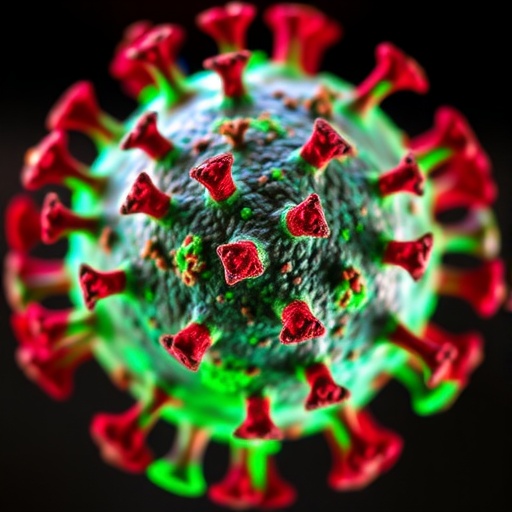
Credit: Michael Bradshaw
Found around the world, powdery mildew is a fungal disease especially harmful to plants within the sunflower family. Like most invasive pathogens, powdery mildew is understudied and learning how it affects hosts can help growers make more informed decisions and protect their crops.
Scientists at the University of Washington and the University of Central Florida inoculated 126 species of plants in the sunflower family with powdery mildew, growing 500 plants from seeds that were collected from the wild and provided from the USDA germplasm network. Through this large-scale study, they were able to measure the various plants’ susceptibility to powdery mildew.
“We observed that the amount of disease present on a host can be dependent on where that host lies on the tree of life–that is, the evolutionary history of a host can predict how susceptible that host is to disease,” explained Michael Bradshaw, a plant pathologist involved with the study.
They also measured common plant traits, such as biomass, trichome density, and chlorophyll content, and found that none of them were associated with the disease, underscoring the unimportance of commonly assessed host plant traits in powdery mildew severity and pointing further to the role that evolutionary history plays in plant susceptibility to disease.
“Any tools we can use to predict the severity of a disease can be valuable and improve management guidelines. Especially with fungal pathogens, where there is often a large lag time between the introduction of a pathogen and the formation of an epidemic,” Bradshaw said. “I am hopeful that this research could spur future work and provide ideas and techniques for other researchers studying the evolution of disease.”
This research provides information on species of sunflower plants that are resistant to powdery mildew disease, which can be beneficial to breeding programs. Bradshaw also hopes that this study will inspire other studies that mine the genome of different plant species involved to potentially locate genes involved with resistance.
###
Learn more by reading “Evolution of Disease Severity and Susceptibility in the Asteraceae to the Powdery Mildew Golovinomyces latisporus: Major Phylogenetic Structure Coupled With Highly Variable Disease Severity at Fine Scales” published in the February issue of Plant Disease.
Media Contact
Ashley Carlin
[email protected]
Related Journal Article
http://dx.




